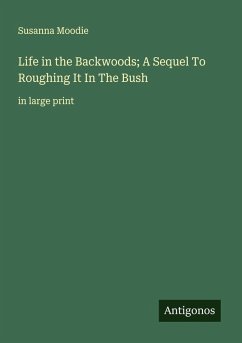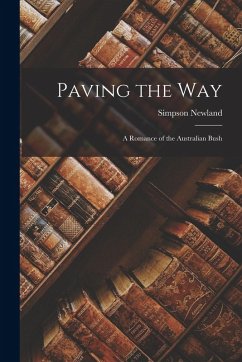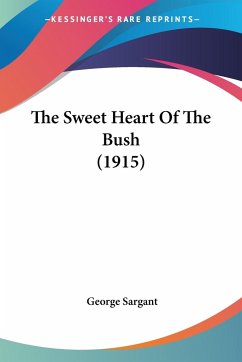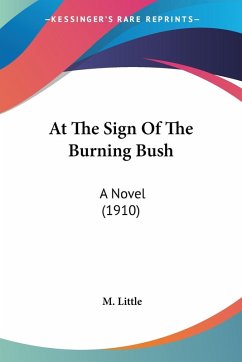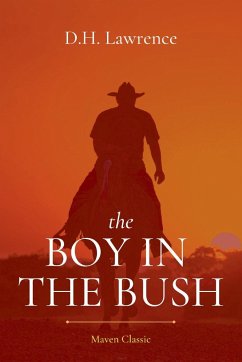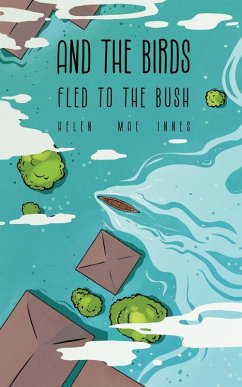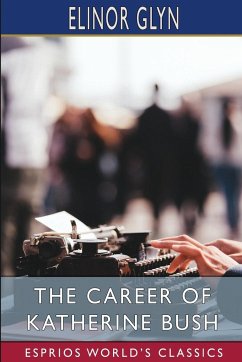
Roughing It In The Bush
Versandkostenfrei!
Versandfertig in 1-2 Wochen
36,99 €
inkl. MwSt.

PAYBACK Punkte
18 °P sammeln!
Susanna Moodie's book Roughing It in the Bush details her experiences as a Canadian immigrant. In the 1830s, Moodie moved to Upper Canada, which would later become Canada West, close to what is now Peterborough, Ontario. She published a "guide" to settler life for British subjects considering moving to Canada at the recommendation of her editor. The first edition of Roughing It in the Bush appeared in London in 1852. (then Toronto in 1871). It was Moodie's most popular piece of writing. The piece is organized as a sequence of chronological drawings and combines autobiographical and novelizatio...
Susanna Moodie's book Roughing It in the Bush details her experiences as a Canadian immigrant. In the 1830s, Moodie moved to Upper Canada, which would later become Canada West, close to what is now Peterborough, Ontario. She published a "guide" to settler life for British subjects considering moving to Canada at the recommendation of her editor. The first edition of Roughing It in the Bush appeared in London in 1852. (then Toronto in 1871). It was Moodie's most popular piece of writing. The piece is organized as a sequence of chronological drawings and combines autobiographical and novelization of her experiences. A trilogy that Moodie authored to describe the immigrant experience in Canada included Roughing It in the Bush. Flora Lyndsay (1854), a prologue that details the preliminary immigration preparations, and Life in the Clearings, an examination of Canadian cities and institutions, round out the trio (1853). In Canada, Moodie had experience publishing brief articles for periodicals. Before Victoria Magazine was shut down in 1838, she and her husband served as its editors. Beginning in late 1838, she made contributions to the Literary Garland of Montreal.





